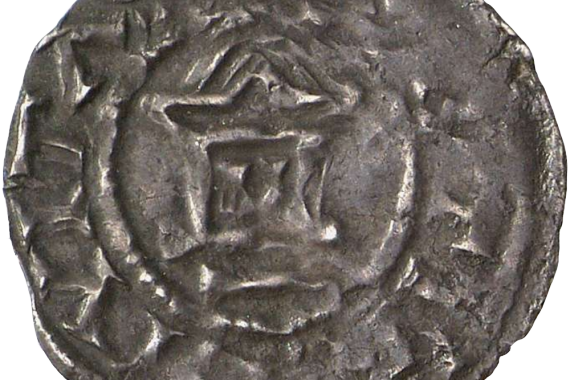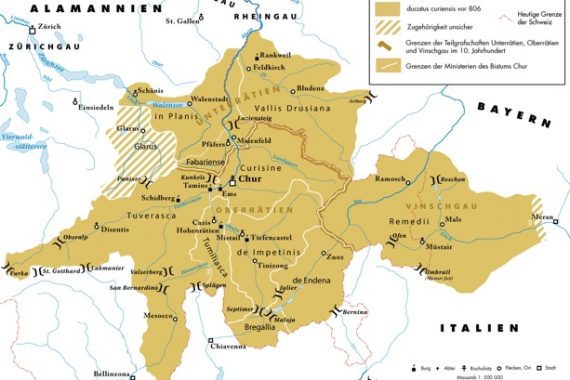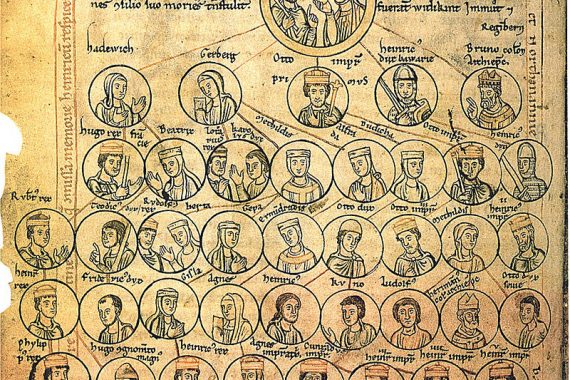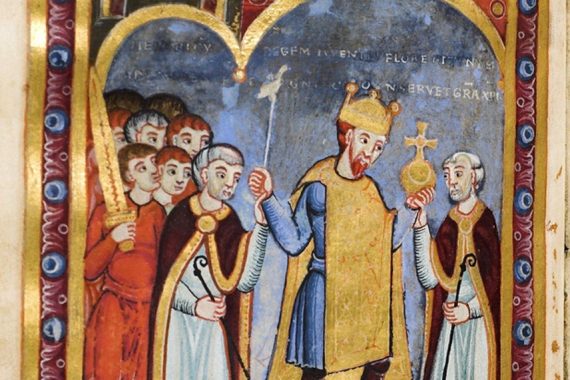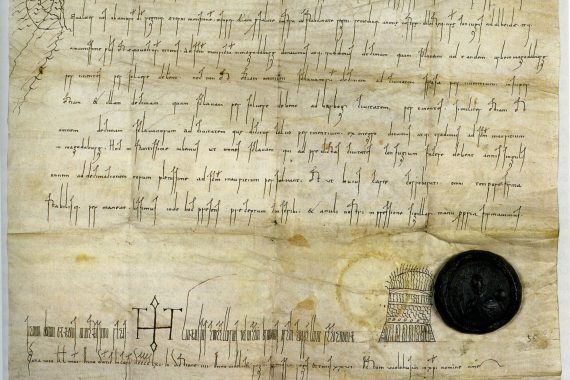Local Communities and the Church in Trier at the Beginning of the Tenth Century
At the beginning of the tenth century Regino, in exile from the monastery of Prüm, composed a collection of canon law in two books at the request of his patron, Archbishop Ratbod of Trier. According to the preface, he intended this to be a portable guide for the bishop to take with him when touring…


